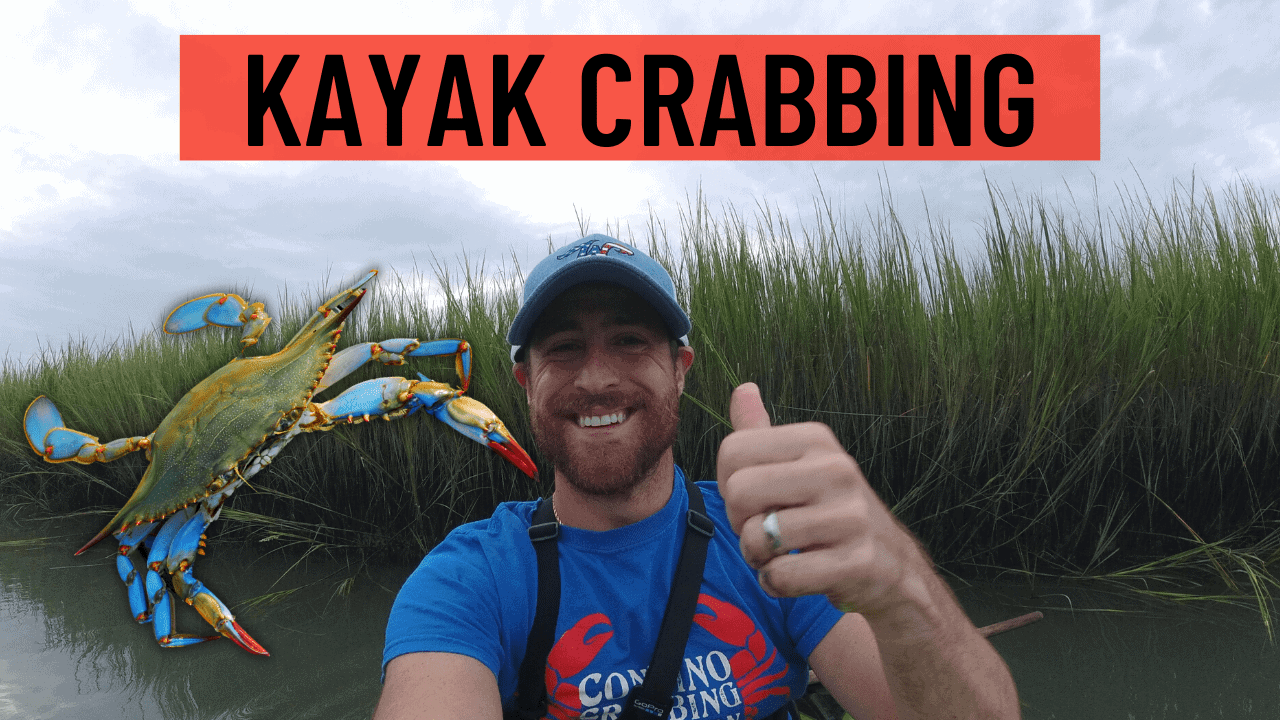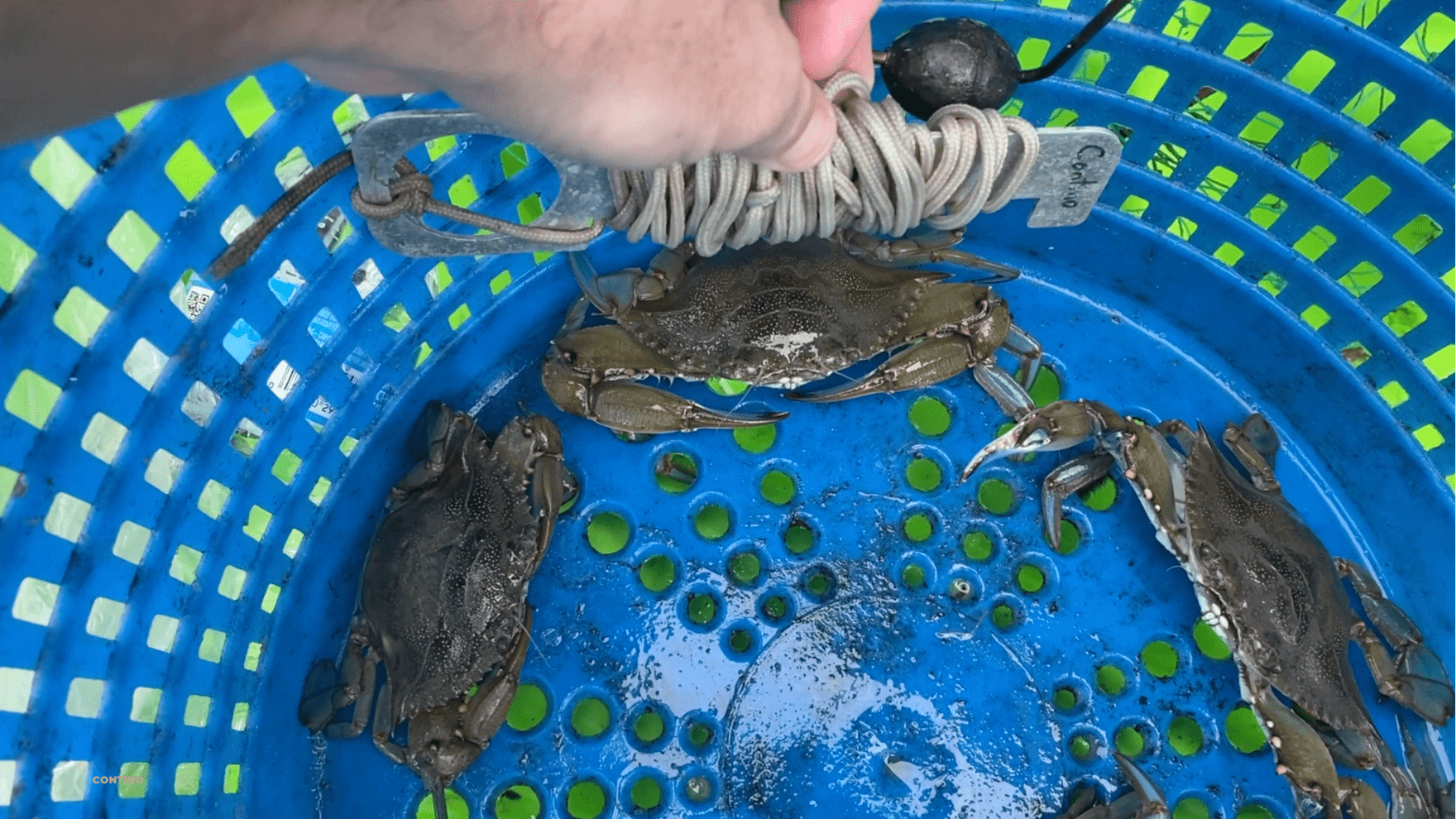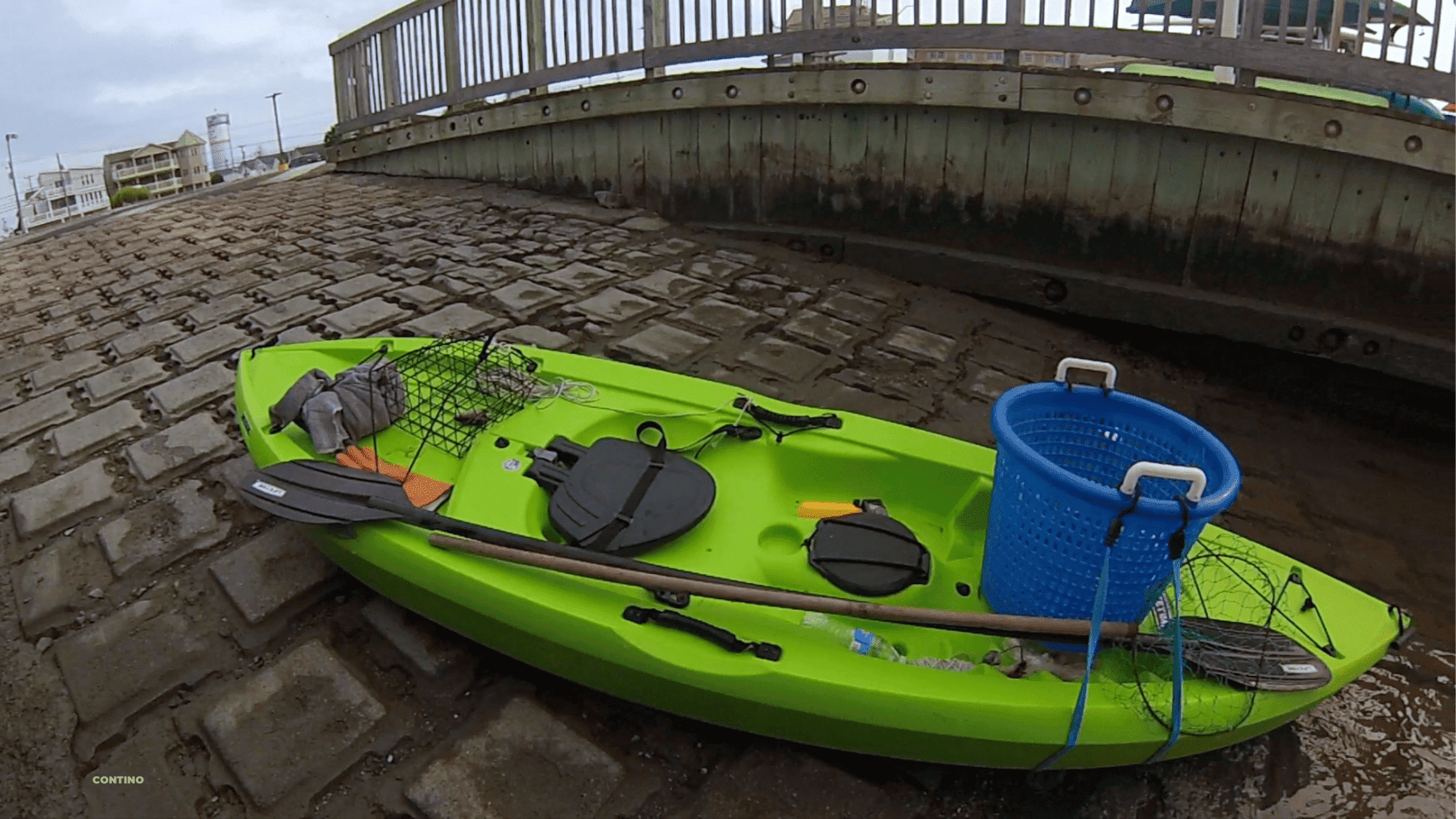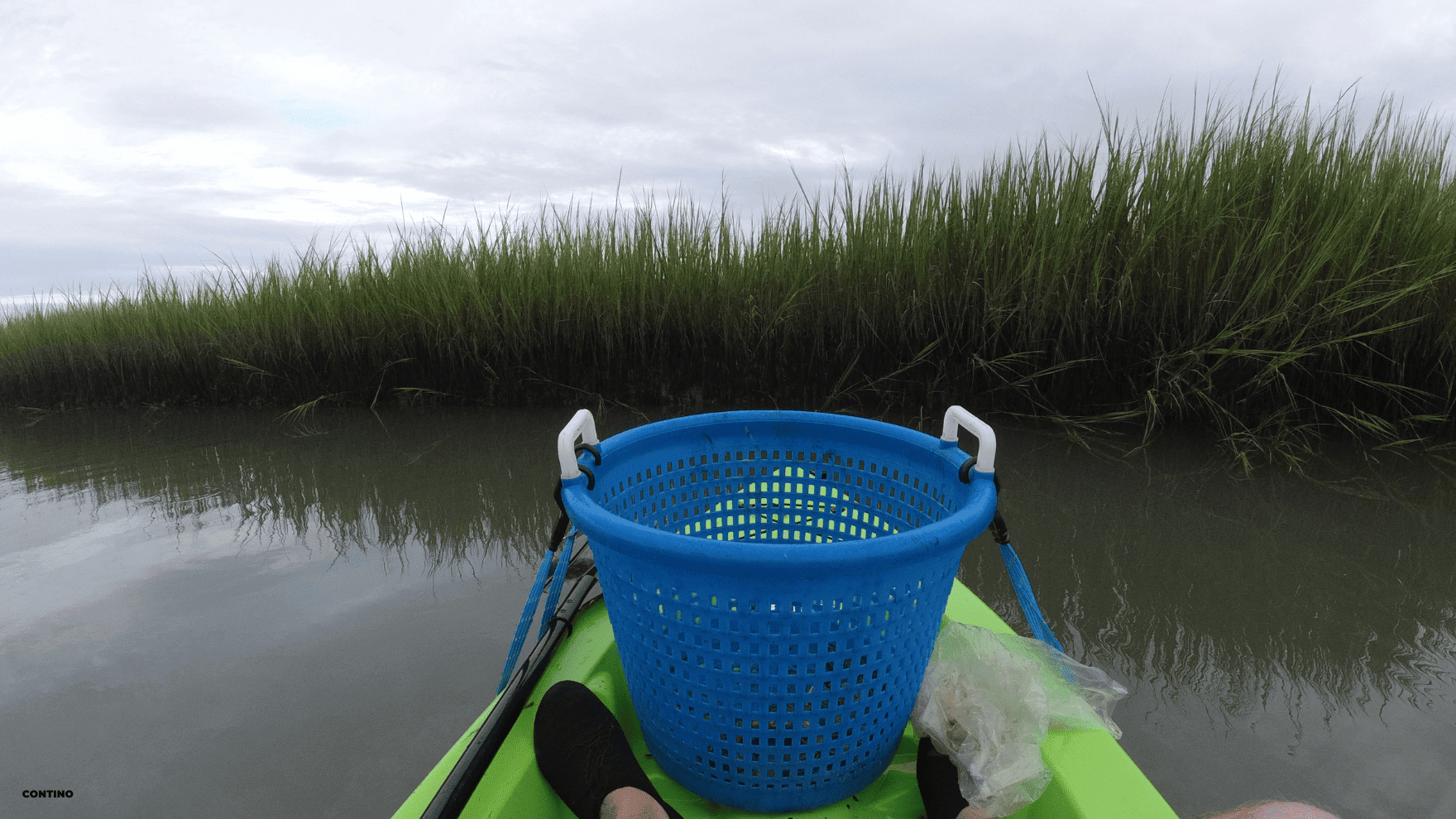Kayak Crabbing in New Jersey
Kayak crabbing is an exhilarating and unique outdoor activity that combines the thrill of kayaking with the excitement of crabbing.
It offers outdoor enthusiasts and seafood lovers an opportunity to engage with nature in a hands-on and rewarding way. This activity typically involves paddling a kayak into estuaries, bays, or shallow coastal waters to catch crabs using various methods.

Kayak Crabbing in New Jersey
One of the appealing aspects of kayak crabbing is its accessibility. Unlike traditional crabbing, which often requires a fishing boat and specialized equipment, kayak crabbing can be enjoyed with minimal gear.
All you need is a sturdy kayak, a few crab traps or pots, bait (usually chicken necks, bunker, founder backs or other aromatic options), and some safety gear.
This past week the Wildwood Video Archive wanted to try our hands in crabbing so we took out the dusty old kayaks and got grabbing.
 The entire trip was filmed so that you enjoy in this new adventure. You can watch the video at the bottom of this article.
The entire trip was filmed so that you enjoy in this new adventure. You can watch the video at the bottom of this article.
Since there is not going to be a 2023 meeting of the Contino Crabbing Commission, it was only right to film some kind of crabbing video for the channel.
Ultimately, kayak crabbing offers a memorable way to spend time on the water, combining the joys of kayaking and crabbing into a single, enjoyable activity.
It’s a chance to escape the hustle of daily life, relish the beauty of coastal landscapes, and savor the satisfaction of harvesting your own seafood bounty.
 Whether you’re seeking adventure, a new culinary experience, or a deeper connection with nature, kayak crabbing promises an unforgettable journey.
Whether you’re seeking adventure, a new culinary experience, or a deeper connection with nature, kayak crabbing promises an unforgettable journey.
For this trip, we pushed out of port at North Wildwood’s boat ramp at 5th ave. This is not only a great place to head into the water, but the city also offers stand for your kayak which you can rent for the summer.
Since this was our first time we decided to stick closer to the main channel as to not get lost deep in the marsh. High-tide had just passed its peak and the tide was starting to move out.
For this trip, we only took one hand-line and one regular trap. The bait of choice was bunker, which you can get from Dock Street Seafood.
Also See: My World Famous No Filler Crab Cake Recipe
 Here are some tips for Kayak crabbing.
Here are some tips for Kayak crabbing.
Kayak crabbing can be an exciting and rewarding outdoor activity. Here are some tips to ensure a safe and successful crabbing experience:
- Check Regulations: Familiarize yourself with local crabbing regulations, including size and bag limits, crabbing seasons, and any required licenses or permits.
- Safety First: Prioritize safety by wearing a properly fitting life jacket, carrying a whistle or signaling device, and adhering to basic kayak safety practices. Check the weather forecast before heading out and be aware of water conditions.
- Choose the Right Kayak: Opt for a stable and well-equipped fishing kayak. Sit-on-top kayaks with ample storage are often preferred for crabbing due to their stability and ease of use.
- Crab Traps and Pots: Research and invest in appropriate crab traps or pots. Collapsible traps are often preferred for kayaking as they are easy to store and transport.
- Bait Selection: Use bait that appeals to crabs, such as fish heads, chicken necks, or bait bags filled with a mix of fish scraps. Fresh bait is generally more effective.
- Set Up in Shallow Waters: Look for shallow, calm waters with a muddy or sandy bottom, which are favored crab habitats. Kayak crabbing is more successful in areas with minimal boat traffic.
- Tidal Timing: Plan your crabbing trip around high tide, as crabs are more active and tend to move closer to the shore during this time.
- Drop and Wait: Lower your crab trap into the water using a sturdy rope or line, ensuring it’s securely attached to your kayak. Wait for a sufficient amount of time before checking the trap to allow crabs to gather.
- Patience and Observation: Practice patience while waiting for crabs to enter the trap. Use this time to observe the water and learn more about crab movements and behavior.
- Gentle Retrieval: When checking the trap, pull it up slowly and gently to avoid spooking or losing the crabs. Keep a net handy for scooping up crabs from the water.
- Measure and Release: Check the size of the crabs to ensure they meet legal size requirements. If a crab is too small, gently release it back into the water. (In NJ 4-1/2 inches for hard crabs, 3-1/2 inches for soft crabs are the size requirements)
- Handling Crabs: Handle crabs carefully to avoid getting pinched. Hold them from the rear end of their carapace (shell) to minimize the risk of being bitten.
- Catch and Release: If you catch more crabs than you can legally keep or need, release the excess crabs gently and unharmed.
See how many crabs we caught in our video below. Before you watch please consider subscribing to our YouTube channel.
